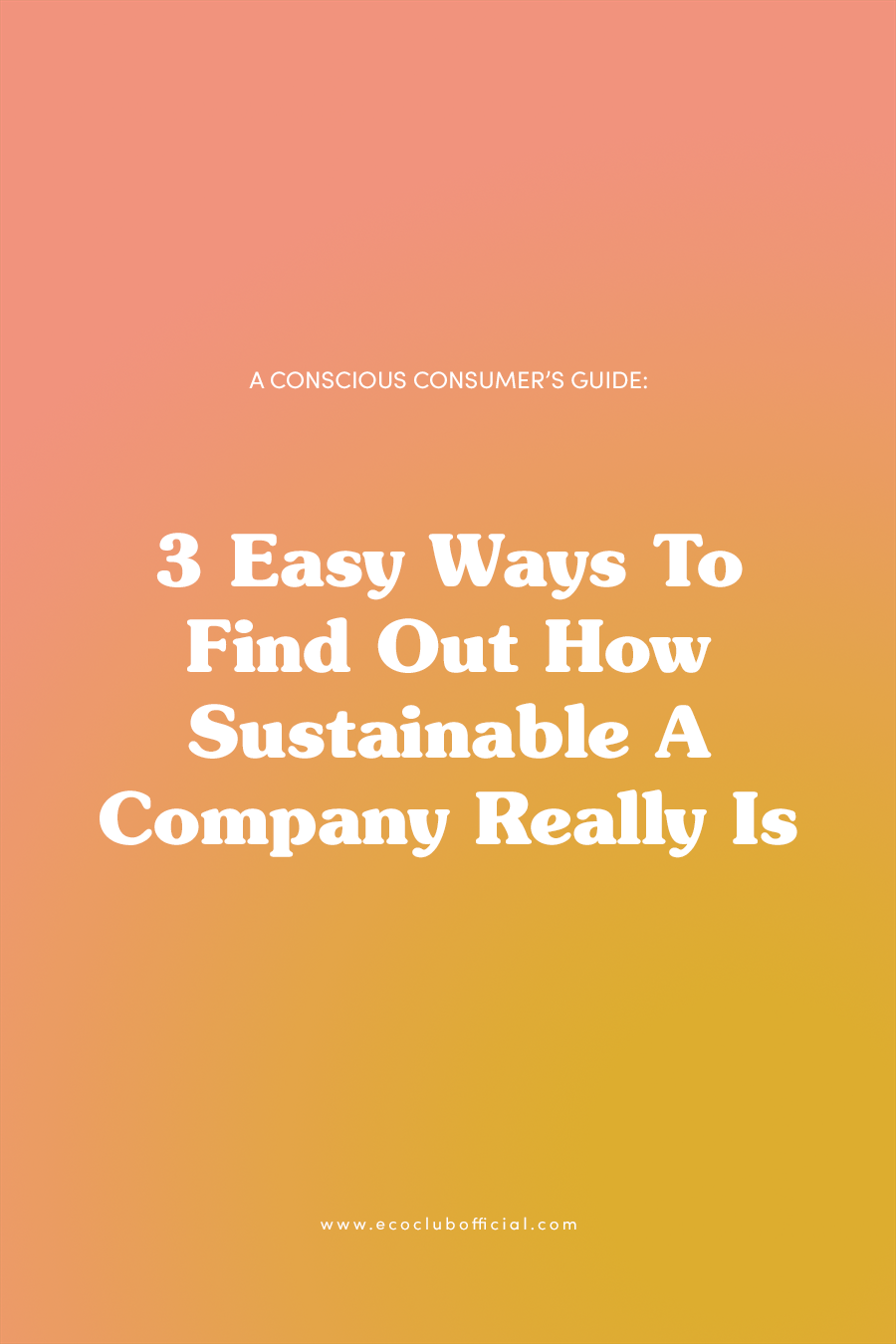Now that we’ve covered what they are (read our last post, if you haven’t!), let’s look at how to use the three pillars of sustainability to check a company’s ethics. Unfortunately, sustainable goods have a reputation as premium goods, the very antithesis of what they should be—accessible, everyday, and for everyone. But the more businesses that adopt the three pillars of sustainability into their practice, the easier it becomes for consumers to shop ethically.
Until then, weighing up which issues matter most to you is an excellent way to becoming more sustainable in your shopping habits. While these three pillars are succinct, they are built on the foundations of many other issues, and the UN Sustainability Goals are a great resource for learning about these and aligning them with your most significant concerns. Perhaps you want to support businesses with a positive labor track record, or maybe you are keen to support companies who are carbon offsetting. Nobody can solve sustainability alone, but if we all commit to one purposeful pillar, we can make a hugely positive impact overall.
It’s a popular argument, and not necessarily wrong, to say that the changes need to come from the top down; that tackling climate change is the responsibility of major corporations and governments. Yet, consumer power still exists, and if everyone committed to a better world uses the tools they do have—in this case, voice and money—to demand these values are upheld, we have a healthier future ahead of us.

Three ways to find out how sustainable a business is
1. Explore their website. Look for transparency in their policies and other literature. Do they show where their products are manufactured? Are they open about wages? Their diversity policy? Or do they fail to mention? Then, look for specifics in any environmental commitments they make, such as checking the validity of claims such as charity partners. And if the answer remains unclear, ask for one by emailing them. And if something is clear, but you think they can do better, let them know how.
2. Look for certifications. Several sustainable certifications can be awarded to businesses of any size. The best way to check the credentials of a claimed certification is to go directly to the organization providing it. There, you can learn more about how they certify a company. Two to look out for with major industries are Fair Trade (for workers’ rights) and B-Corp (for all three pillars). This doesn’t mean you should write off every business that hasn’t been certified, but it’s a helpful place to start.
3. Use an app for easy research. Many free apps are now available to help everyone shop consciously, such as Sustainable Life App which helps you discover a range of shops, products, and services near you. Ethical fashion is booming, and so are apps to help you find out how sustainable a brand is. Good on You offers a comprehensive guide for major fashion brands globally. GoodHuman features brands of all kinds. Search for your favorites, and you’ll be able to read about their overall rating plus a breakdown of their Labour, Environment and Animal policies. Just search ‘sustainability’ in your Appstore, and you’ll come up with a variety of options that can help you to build an app collection that prioritizes what matters most to you or even track the carbon impact of your purchases.
The three pillars of sustainability work beyond business plans and growth. They create accountability for every type of business, highlighting the genuine need for change for the good of everyone and everything that lives on earth, as well as the planet itself. It might not be easy for businesses of old to change but pivoting to ethical policies is a safeguard for a promising, sustainable future.
How do you find out if a company is sustainable or ethical? Let us know in the comments.
your two cents